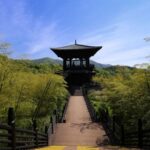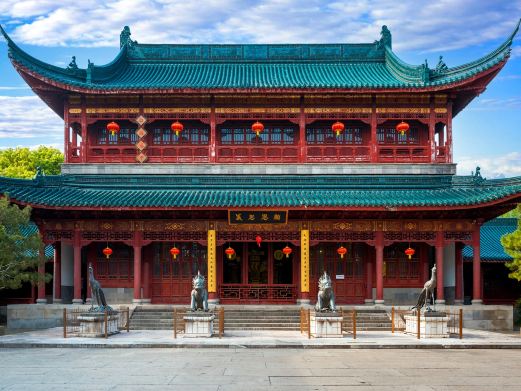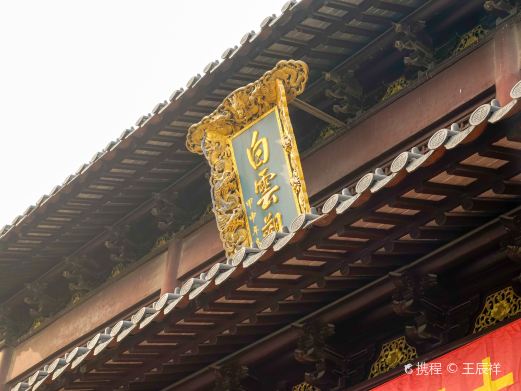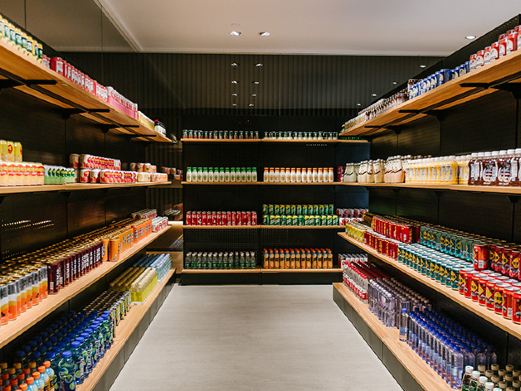Yangwan Ancient Village is located in the southwest of Dongshan, starting from Yangwan Bangchang in the east and extending to Xuanyuan Palace in the west, spanning over 500 meters in length and covering an area of 36.4 hectares. It includes cultural landscapes such as a Ming Dynasty street, ancient imperial roads, and the remains of the ancient Wu Kingdom’s military training mound, Yanwudun. Entering Yangwan Ancient Village, one is greeted by the ancient streets paved with fine blue bricks, adorned with ‘ten thousand people’ patterns and water wave designs.
Along the streets, there are more than 20 ancient buildings from the Yuan, Ming, and Qing dynasties, with the Ming Dynasty structures being the most numerous, totaling 19. These include the residences of officials, the homes of the well-to-do, ordinary people’s dwellings, and small tea shops and stores. The rustic doorways, smooth bluestone steps, mottled windows, and moss-covered eaves exude an air of antiquity.Within Yangwan Ancient Village, there are several famous Ming and Qing Dynasty residences, including: Xiqing Hall (a Ming Dynasty residential building with existing front and rear buildings, a brick-carved gate tower, and others, with the rear building having a high cultural relic value), Huaiyin Hall (a mid-Ming Dynasty civilian residential building, now only one section remains, including the gate tower, main building, and side rooms), Zude Hall, Huihe Hall, and Jiuda Hall, among others. The village is open all year round, accessible 24/7, with specific business hours subject to daily conditions.










